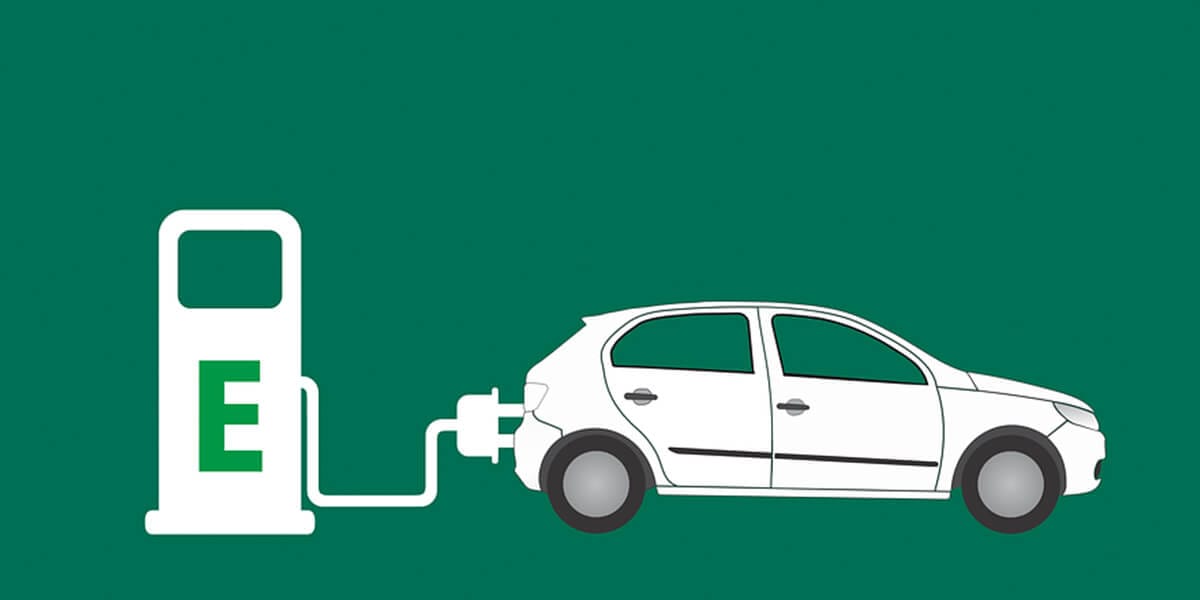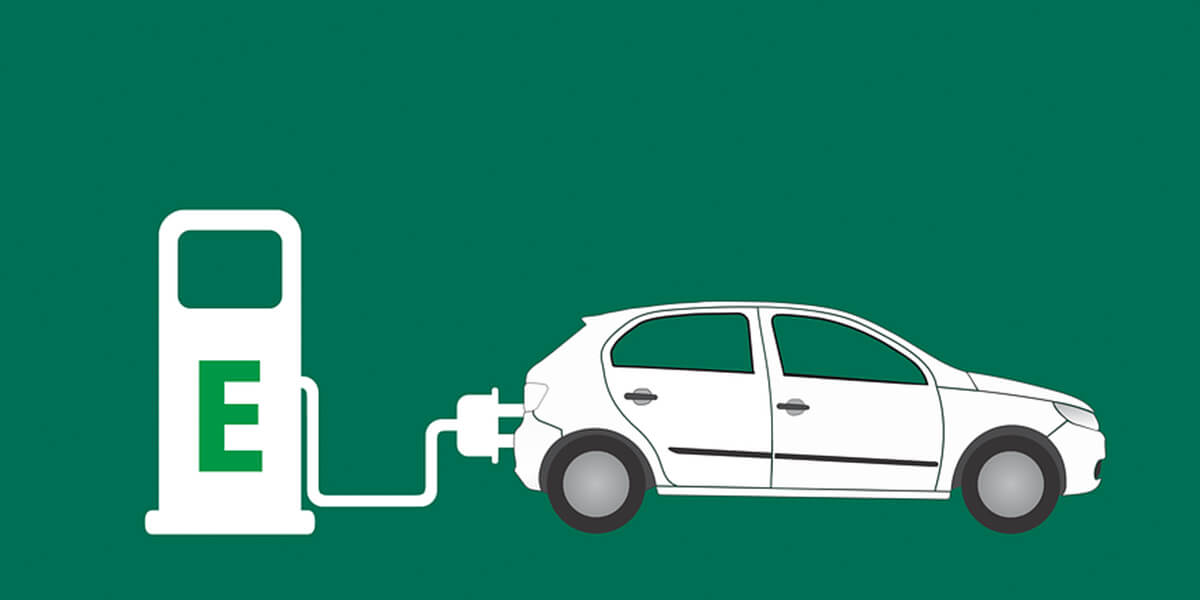Step by step to design and functional basics of an electric car
Electric cars use an electric motor or generator, which can be known as an alternator, electric motor, or starter. However, any electric motor can also be used as an alternator.


Electric cars use an electric motor or generator, which can be known as an alternator, electric motor, or starter. However, any electric motor can also be used as an alternator. When the electric motor/generator is driven mechanically, it supplies electrical energy as an alternator.
When the electric motor is, supplied with electrical current, it works as a drive. Electric motors used for propulsion are water-cooled. Air cooling would also be possible but complicated due to space and the amount of heat generated.
In full hybrid vehicles (HEV), the electric motor/generator also functions as the combustion engine's starter.
Several pairs of permanent magnets are located on the rotor in a synchronous motor. Since three coils are supplied sequentially with a current, they generate a rotating electrical field that causes the rotor to rotate when the electric motor is used to drive the vehicle. When used as an alternator, the rotor's movement induces a three-phase alternating voltage in the coils that is transformed into a direct voltage for the high-voltage battery in the power electronics.
The synchronous motor is advantageous over the asynchronous motor because the motor's more precise control in automobile applications.
The electric motor produces no noise and also no harmful emissions. The electric motor responds quickly, has good acceleration figures, and a high level of efficiency. Compared to combustion engines, electric motors supply their nominal power slowly over a broad rpm range.
The highest torque is available even at low rpm (i.e., when pulling away) and only drops once the motor reaches very high speeds. As a result, neither a manually operated transmission, an automatic transmission, nor a clutch are required.
Instead, EVs carry several electric power components: the motor, the battery, the onboard charger, and the Electric Power Control Unit(EPCU). All are essential components to achieve the battery's electricity's conversion into the kinetic force that drives the EV forward.
The basic main elements of electric cars installed in almost all types of electric cars are as follows:
- Traction Battery Pack (A)
- Power Inverter (B)
- Controller (C)
- Electric Traction Motor (D)




